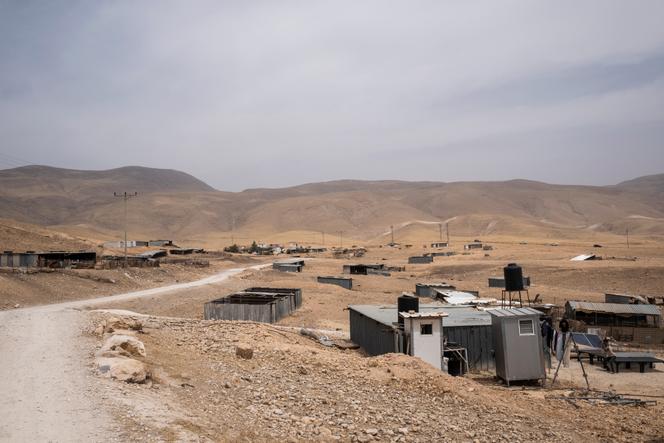


In the ninth month of the war in Gaza, Israel quietly grabbed the largest tract of land in the occupied West Bank in over three decades at the end of June, according to a tally by the Israeli organization Peace Now. This administrative decision, made public on July 3, redefines some 1,270 hectares in the Jordan Valley as "state" land, opening up the possibility of allocating it to Jewish settlers.
It is the result of an in-depth reorganization of the administration of the Palestinian territories by Benjamin Netanyahu's government, which since 2023 has been pursuing a policy of annexing whole swathes, or territory, of the West Bank, at the risk of facilitating prosecution by international justice.
The main orchestrator of this movement, Bezalel Smotrich, finance minister and minister responsible for the West Bank within the Ministry of Defense, was already congratulating himself in May on having secured more than 1,000 hectares of West Bank land for the state in February and March. By 2024, he had set an all-time record since the 1993 Oslo Accords (a peace agreement for the Israeli-Palestinian conflict), according to Peace Now.
These lands stretch across the hills of the northern West Bank, between Ramallah and Nablus, around Shilo, one of the West Bank's most violent settlements. Remote and sparsely populated, these hills slope steeply down to the Jordan Valley, an open-air greenhouse that marks the border with Jordan.
Up until now, Israel had given these lands the status of "nature reserve" and "closed military zone," allowing the army to destroy Palestinian buildings and drive out shepherds. Now, these lands link four settlements – Yafit and Masua upstream, Gitit and Maale Efraim downstream – in a single block, open to further development.
Violent youngsters from these settlements are protected, armed and sometimes assisted by the army, which has full authority over these areas. Some of their members, who are reservists, have donned military uniforms since the Hamas attack in southern Israel in October 2023, while continuing to act on the spot. These militias are waging a war parallel to that being waged in Gaza, in this vast mountainous ridge stretching from the north to the south of the West Bank.
In April, they carried out punitive expeditions of rare violence against Palestinian villages there, after a young man from a nearby agricultural settlement was killed. Since October, their coordinated attacks have depopulated 10 Bedouin hamlets in the area, and another five in the hills south of Hebron, according to the Israeli human rights NGO B'Tselem.
You have 57.9% of this article left to read. The rest is for subscribers only.
